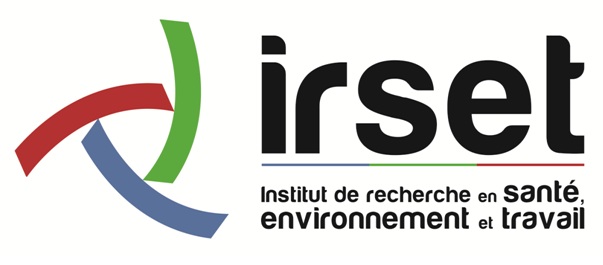Receptor-interacting protein kinase-1 ablation in liver parenchymal cells promotes liver fibrosis in murine NASH without affecting other symptoms
Résumé
Non-alcoholic steatohepatitis (NASH), a chronic liver disease that emerged in industrialized countries, can further progress into liver fibrosis, cirrhosis, and hepatocellular carcinoma. In the next decade, NASH is predicted to become the leading cause of liver transplantation, the only current interventional therapeutic option. Hepatocyte death, triggered by different death ligands, plays key role in its progression. Previously, we showed that the receptor-interacting protein kinase-1 (RIPK1) in hepatocytes exhibits a protective role in ligand-induced death. Now, to decipher the role of RIPK1 in NASH, Ripk1(LPC-KO) mice, deficient for RIPK1 only in liver parenchymal cells, and their wild-type littermates (Ripk1(fl/fl)) were fed for 3, 5, or 12 weeks with high-fat high-cholesterol diet (HFHCD). The main clinical signs of NASH were analyzed to compare the pathophysiological state established in mice. Most of the symptoms evolved similarly whatever the genotype, whether it was the increase in liver to body weight ratio, the steatosis grade or the worsening of liver damage revealed by serum transaminase levels. In parallel, inflammation markers followed the same kinetics with significant equivalent inductions of cytokines (hepatic mRNA levels and blood cytokine concentrations) and a main peak of hepatic infiltration of immune cells at 3 weeks of HFHCD. Despite this identical inflammatory response, more hepatic fibrosis was significantly evidenced at week 12 in Ripk1(LPC-KO) mice. This coincided with over-induced rates of transcripts of genes implied in fibrosis development (Tgfb1, Tgfbi, Timp1, and Timp2) in Ripk1(LPC-KO) animals. In conclusion, our results show that RIPK1 in hepatocyte limits the progression of liver fibrosis during NASH.
Domaines
Sciences du Vivant [q-bio]
Fichier principal
 Farooq et al, 2022 Receptor-interacting protein kinase-1 ablation.pdf (2.9 Mo)
Télécharger le fichier
Farooq_109_2022_2192_MOESM1_ESM.pdf (317.05 Ko)
Télécharger le fichier
Farooq et al, 2022 Receptor-interacting protein kinase-1 ablation.pdf (2.9 Mo)
Télécharger le fichier
Farooq_109_2022_2192_MOESM1_ESM.pdf (317.05 Ko)
Télécharger le fichier
Origine : Fichiers produits par l'(les) auteur(s)
